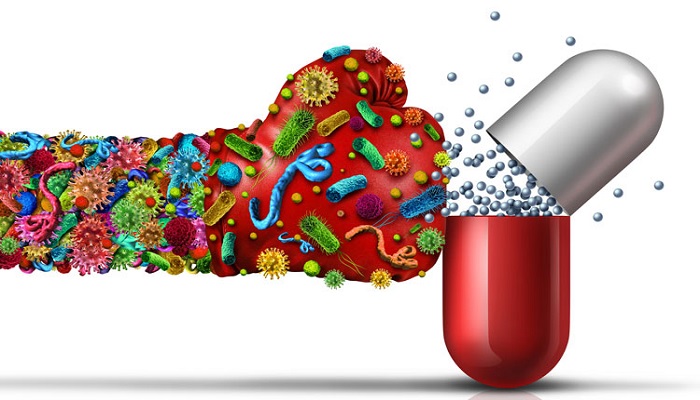National action plans to tackle the antimicrobial resistance (AMR) threat that comes into play when viruses, bacteria, parasites, and fungi don’t respond to the drugs that are devised to treat them have been created by more than 100 nations. The plan goes on to focus on coming up with policies to curtail AMR and creating tools to execute them; however, it does not factor in evaluation or monitoring.
The new insight happens to be the first large-scale analysis of such plans. They were devised after being encouraged by the WHO, which apparently went on to declare AMR one of the top public health threats facing humanity today.
As per the lead author of the study, Jai Patel, their analysis brought out the fact that nations were pretty highly focused on designing AMR policies and thinking about the tools that would be required to execute them; however, they commonly did not consider how they were going to track and analyse the impact of the efforts that were put in.
All this goes on to suggest that the global response may not be enough to touch the scale as well as the severity of AMR. This is very concerning across low- and middle-income countries, where action plans regularly lack sustainable funding, instead relying on funds coming from philanthropies and donors from abroad.
The evidence that is available also goes on to suggest that just coming up with a national action plan may not essentially mean that a nation is more prepared to respond to the AMR threat. The study, as per Jai Patel, shows that the worldwide response to AMR as well as the preparedness for the challenges that are predicted by it surely demand improvement across the world.
According to the research team, governments from all over the world must make their response to AMR more robust.
It is well to be noted that AMR refers to the alterations in microbes, especially bacteria, that go on to cause the drugs that are used to treat infections to become less effective. As a matter of fact, AMR has gone on to emerge as a paramount challenge for international public health in this century. Significantly, in 2019 alone, AMR was responsible for 4.95 million deaths across the world, more than half of which happened due to infections from bacteria. Due to inaction, AMR went on to make several routine antibiotics ineffective, thereby claiming uncountable lives per year. In 2017, however, the WHO went on to encourage several member states to come up with new action plans to thwart AMR. Since then, more than 100 nations have devised such plans, many of which have been implemented. That said, there was no international analysis when it came to the contents of such plans.
It is well worth noting that this new research happens to be the first to in-depth assess worldwide AMR efforts as well as national action plans and also come up with quantitative results that are comparable across nations and regions. Notably, the 114 action plans that were laid down in 2020–21 were all evaluated against 54 elements like education, stewardship, and accountability, and each one was awarded a score out of 100. Besides, a mean score out of 100 for each nation’s plan was taken from these results.
The insight inferred that throughout all the plans, there happened to be greater focus when it came to policy design as well as implementation tools; however, the efforts to monitor as well as gauge the actions were poorly considered. Of all the areas that were evaluated, feedback mechanisms as well as accountability scored the lowest, followed by education. Professional education and training in human health, agribusiness, and veterinary medicine happened to be insufficient across many countries, with the majority of them lacking a sustainable workforce strategy in order to deliver policies pertaining to antimicrobial stewardship.
Nations also scored well when it came to participation, thereby demonstrating awareness that AMR can only be addressed in a successful way via engagement when it comes to multiple sectors that happen to span human, animal, and environmental health. It is well to be noted that infection prevention and control have been regularly regarded as one of the critical objectives. Apparently, the response from Norway happened to be the highest, with a score of 85, which was closely followed by the US at 84 and the UK at 83. Apart from this, the lowest-scoring nations were Sierra Leone and Ukraine, which scored 29 points each, and Barbados and Micronesia, which had 28 points.


















